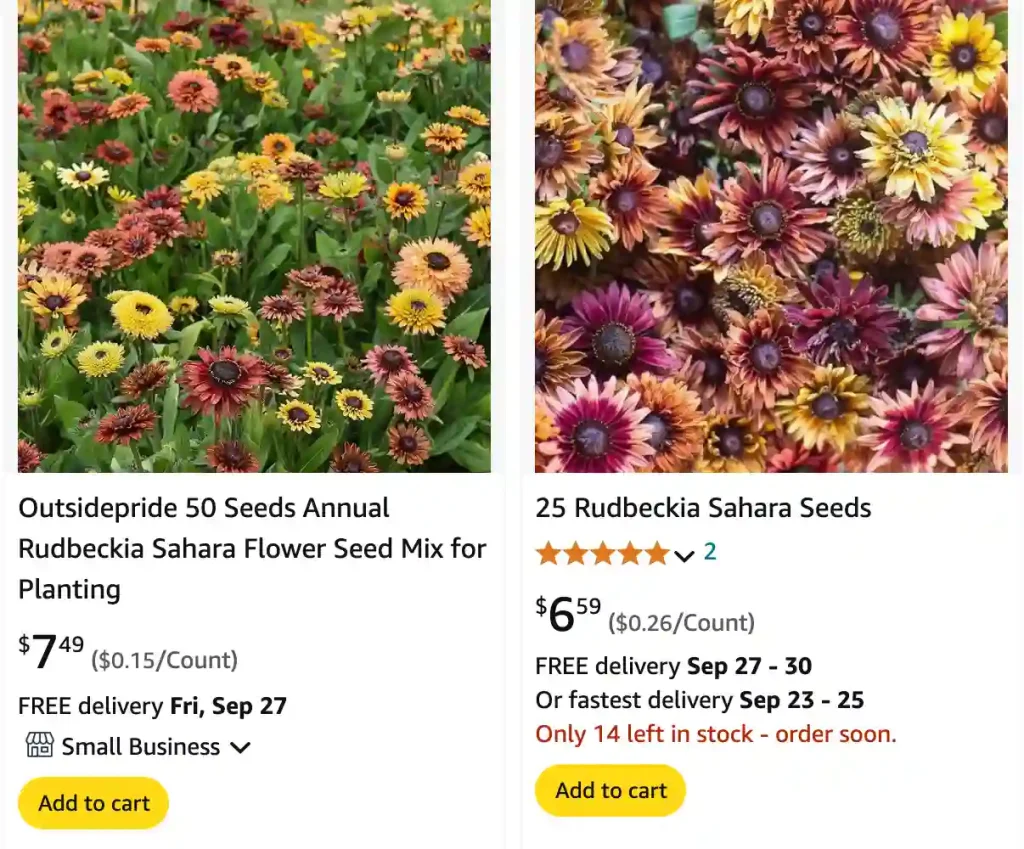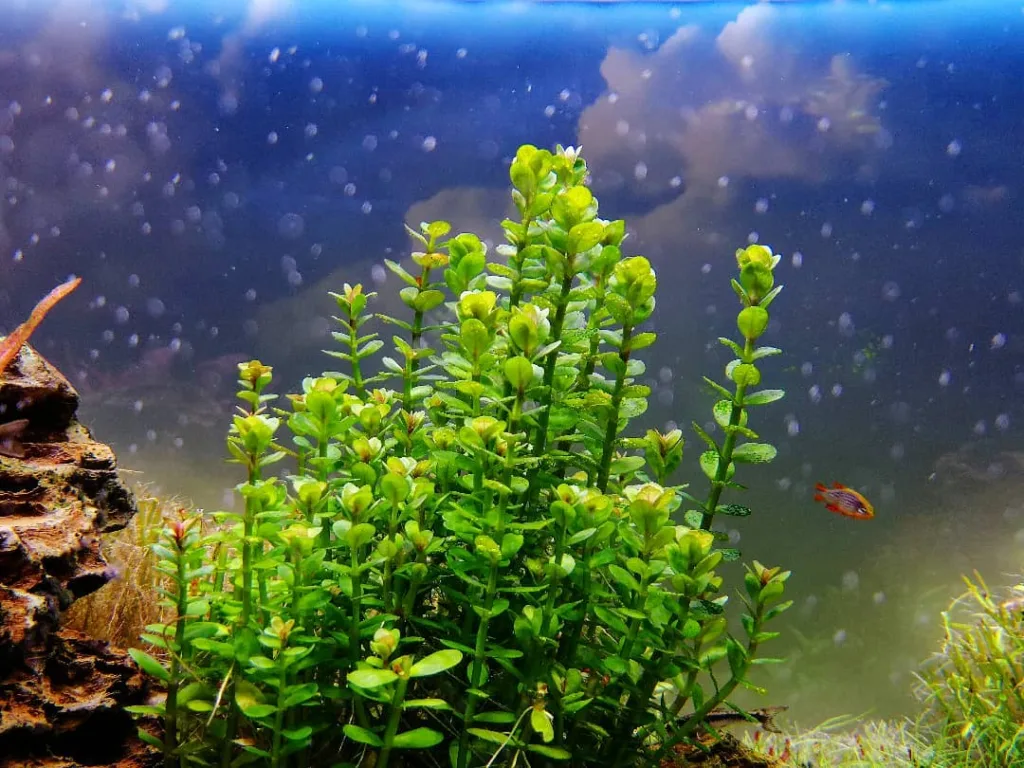
What Is Rudbeckia Sahara?
Rudbeckia Sahara, also known as Black-eyed Susan Sahara, is a stunning perennial flower recognized for its vibrant, warm colors and daisy-like appearance. This variety of Rudbeckia features a unique blend of yellow, orange, and red hues that transition beautifully from one shade to another. It’s a hardy plant that thrives in various conditions, making it a popular choice for gardens looking to add a splash of color.
31 Species in Genus Rudbeckia
Is Rudbeckia Sahara Perennial?
Yes, Rudbeckia Sahara is a perennial plant. This means it will come back year after year, provided it’s given the right care. Perennials like Rudbeckia Sahara offer lasting beauty and are a great investment for any garden. They typically have a lifespan of several years, which means once established, they’ll continue to bloom and enhance your garden season after season.
How to Care for Rudbeckia Sahara?
Caring for Rudbeckia Sahara is relatively straightforward. Here are some key tips:
- Sunlight: Rudbeckia Sahara thrives in full sun to partial shade. Aim for at least 6 hours of direct sunlight each day for the best flowering results.
- Soil: They prefer well-drained soil that is rich in organic matter. If your soil is clay-heavy, consider amending it with compost or sand to improve drainage.
- Watering: While Rudbeckia Sahara is somewhat drought-tolerant, regular watering is important during dry spells. Aim to keep the soil consistently moist but not waterlogged.
- Fertilizing: Use a balanced, all-purpose fertilizer in early spring to promote vigorous growth and abundant blooms. Avoid over-fertilizing as this can lead to excessive foliage at the expense of flowers.
- Pruning: Deadhead spent flowers to encourage continued blooming and maintain a tidy appearance. In late fall, cut back the stems to the ground to prepare the plant for winter.
How to Propagate Rudbeckia Sahara?
Propagating Rudbeckia Sahara is typically done through seed sowing or division:
- Seed Sowing: Start seeds indoors about 6-8 weeks before the last frost date. Sow the seeds on the surface of a well-draining seed-starting mix and lightly cover them. Keep them in a warm, sunny location until they germinate. Transplant seedlings outdoors after the danger of frost has passed.
- Division: Divide established plants in early spring or late fall. Dig up the plant, carefully separate the root clumps, and replant them in new locations. This method not only propagates new plants but also helps rejuvenate older plants.
What to Plant With Rudbeckia Sahara?
Rudbeckia Sahara pairs well with a variety of companion plants:
- Grasses: Consider planting ornamental grasses like Feather Reed Grass or Blue Fescue alongside Rudbeckia Sahara. Their contrasting textures and colors create a visually appealing garden.
- Other Perennials: Combine with other perennials such as Echinacea, Coreopsis, or Daylilies for a vibrant, diverse garden display.
- Annuals: Marigolds and Zinnias can add extra bursts of color and fill in any gaps in the garden bed.
Can You Grow Rudbeckia Sahara Indoors?
Growing Rudbeckia Sahara indoors is challenging. While it can be started indoors from seeds, it’s best suited for outdoor garden beds. If you want to grow it indoors, ensure it receives ample sunlight, either from a sunny window or grow lights. Keep in mind that it may not bloom as prolifically indoors as it would outside.
Is Rudbeckia Sahara Toxic?
No, Rudbeckia Sahara is not toxic to humans or pets. It’s a safe choice for gardens where children or animals might be present. However, as with any plant, it’s always a good idea to avoid ingesting parts of it.
Benefits of Rudbeckia Sahara
- Attractive Blooms: The unique color palette of Rudbeckia Sahara adds a vibrant touch to any garden.
- Long Blooming Period: It offers a long flowering season, typically from summer to fall.
- Low Maintenance: Once established, it requires minimal care, making it an excellent choice for busy gardeners.
Common Problems with Rudbeckia Sahara
- Powdery Mildew: This fungal disease can cause a white, powdery substance on leaves. To prevent it, ensure good air circulation and avoid overhead watering.
- Leaf Spot: Dark spots on leaves can occur, usually due to excess moisture. Improve drainage and avoid wetting the foliage.
Comparing Rudbeckia Sahara with Other Similar Plants
- Rudbeckia Goldsturm: While both Rudbeckia Sahara and Goldsturm are popular Black-eyed Susans, Sahara offers a more diverse color range compared to the bright yellow of Goldsturm.
- Echinacea: Echinacea, or Coneflower, is another perennial with a daisy-like appearance. It generally has a more rigid, spiky bloom compared to the softer, more varied colors of Rudbeckia Sahara.
Rudbeckia Sahara is a vibrant, hardy perennial that adds a unique splash of color to any garden. With the right care and conditions, it’s a plant that will continue to provide beauty year after year.
If i die, water my plants!



